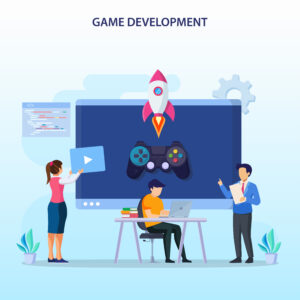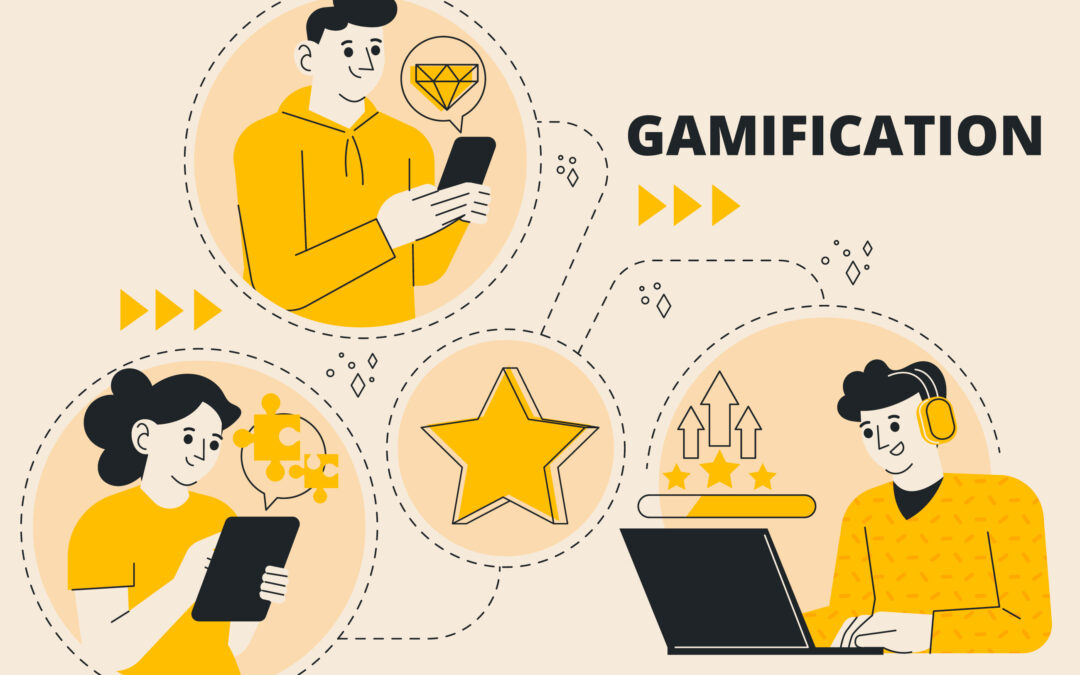It’s a thought that strikes every video-game enthusiast: what if the intense focus and engagement experienced in virtual worlds could be applied to real-life tasks like writing essays or doing taxes? The appeal is clear—while life can be tough, video games have a unique ability to evoke superhuman concentration and perseverance.
Some people explore this phenomenon through flow states and immersion, while others use it as an excuse to play more games. However, for a select group of consultants, startup gurus, and game designers in the late 2000s, this concept became the key to unlocking human potential.
In her 2010 TED Talk, “Gaming Can Make a Better World,” game designer Jane McGonigal described this focused state as “blissful productivity.” She noted that the average World of Warcraft player spends 22 hours a week in-game because they find more happiness in hard work than in relaxation. Her vision was to make the real world more like a game, harnessing this productivity to tackle global issues like poverty, obesity, and climate change. Although the specifics were vague, her goal was clear: to make saving the world in real life as straightforward as in online games.

Gamification techniques in business education behavior change strategy to motivate achieving goals flat spiral composition vector illustration
Though McGonigal didn’t use the term “gamification,” anyone familiar with TED, South by Southwest, DICE, or Foursquare in 2010 would recognize the concept. Gamification, broadly defined, involves applying game design elements to non-game activities—think points, levels, missions, badges, leaderboards, and reinforcement loops. It was being marketed as a transformative tool for education, work, health, fitness, and beyond.
The central idea behind gamification was that reality is insufficiently engaging and motivating, often failing to make us happy. By redesigning life to be more game-like, gamification promised to make mundane tasks—studying, chores, exercising—more fun and inspiring. Today, our world is undeniably gamified. We close activity rings on our smartwatches, plant virtual trees for productivity, chase likes and karma on social media, and try to swipe our way to social connections. However, the more hopeful, collaborative world that gamification once promised remains elusive. Instead, gamification has become a tool for coercion, distraction, and control.
The Criticisms of Gamification
From the start, critics warned against the overly simplistic view of gamification. Adrian Hon, author of “You’ve Been Played,” was one such critic. He argued that claims about games transforming behavior were often exaggerated. Hon, a neuroscientist turned game designer, still believes in the potential benefits of games but opposes superficial gamification methods and coercive workplace applications.
Gamification’s varied applications make it a challenging target for criticism. As Hon notes, its definitions and implementations have evolved, complicating efforts to critique it. Critics like the late Jeff Watson and Margaret Robertson argued that gamification misrepresents the essence of games, reducing them to points and badges rather than fostering creativity and surprise. Ian Bogost, in his 2011 Atlantic essay, likened gamification to Harry Frankfurt’s concept of bullshit—persuasion without regard for truth.
The Rise of Gamification
Despite its flaws, gamification’s rise is understandable when considering its origins. The late 2000s and early 2010s were marked by techno-optimism, with technology seen as a solution to many problems. The game industry, seeking legitimacy, embraced gamification, which recast games as a force for positive change.
Gamification’s appeal was bolstered by technological advancements like GPS, mobile internet, smartphones, and Web 2.0 tools, making the world ready for gamification. But the question remains: does it work?
The Efficacy of Gamification

Determining the effectiveness of gamification is complex. While companies like Apple, Uber, and Strava use gamification, its success is debatable. Nudge theory, a related concept, has shown mixed results. Gamification aims to induce specific behaviors using competition and rewards, but its success varies. Sebastian Deterding, a leading researcher, notes that while gamification can work, its successes are difficult to replicate and often lack empirical testing.
Gamification draws from early 20th-century behaviorism, manipulating external forces to shape behavior. This approach can induce specific behaviors but may not always be effective. As Hon points out, the constant evolution of gamification makes it a moving target, often leading to greater intrusion into our lives.
The End Result
While video games offer diverse possibilities—education, entertainment, social connection—many feel trapped in an exhausting game they didn’t choose. Gamification often serves commercial interests, masking itself as beneficial while stripping away the agency that makes games unique.
Critiquing gamification today can feel as futile as railing against capitalism. However, its failed promises might guide us toward a solution. If gamification has made life feel like a bad game, perhaps it’s time to rediscover what makes actual video games great. As McGonigal suggested, maybe we should start playing better games.
Credit: This article references insights from Bryan Gardiner’s work, originally published in MIT Technology Review.
Connect with Us
At Ebani Tech, we specialize in transforming your digital display needs with innovative and tailor-made solutions. Discover how our cutting-edge technology can elevate your business. Get in touch with us today at info@ebanitech.com or call 7799000590. Let’s embark on this exciting journey together!


